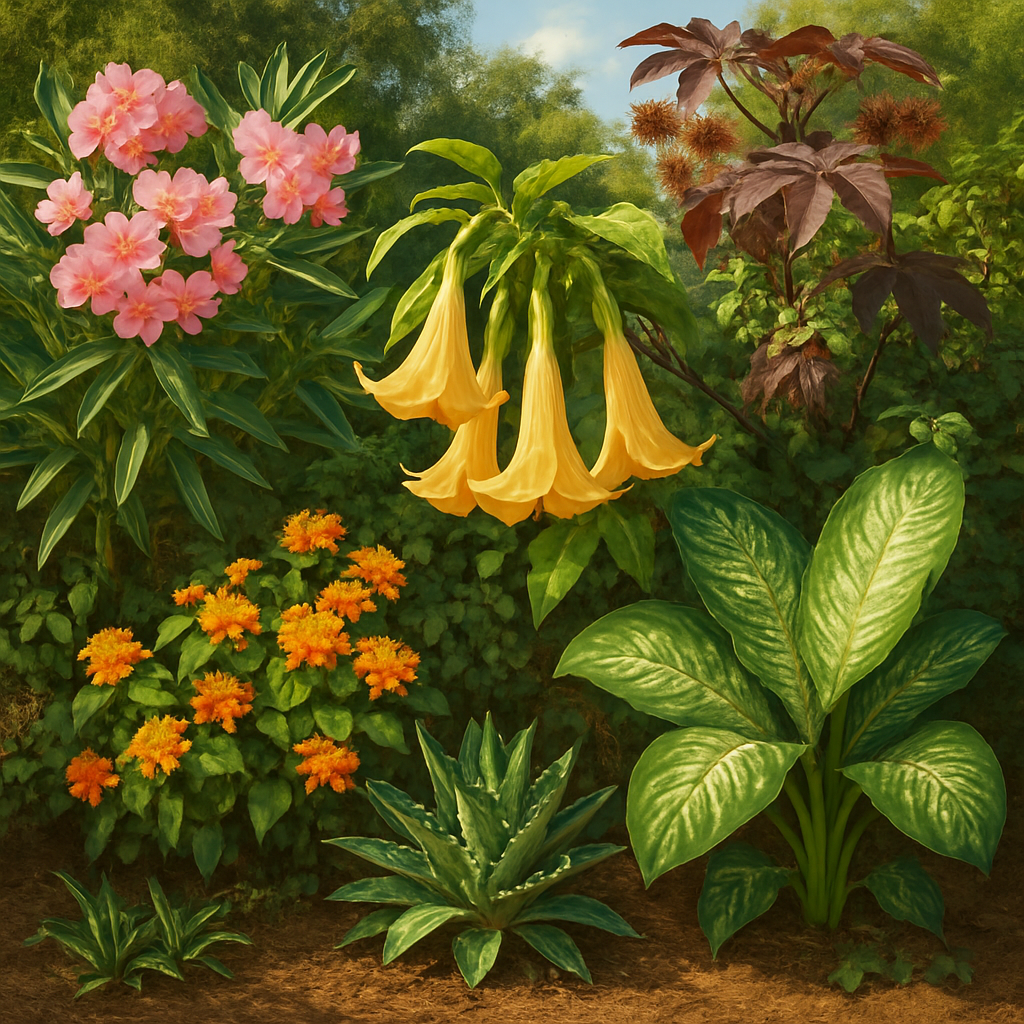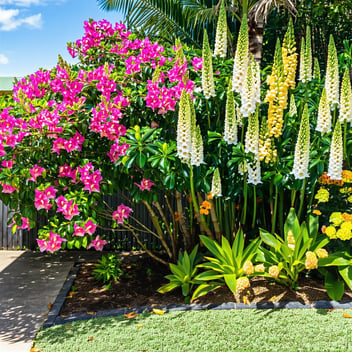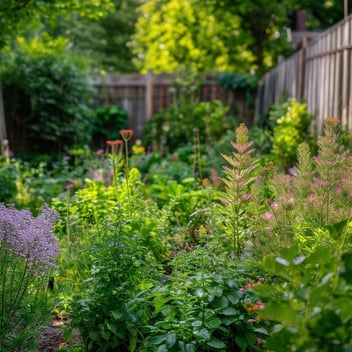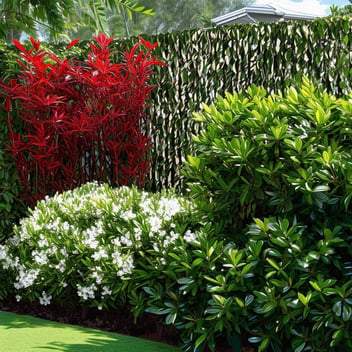Spotting the Threat: How to Identify Poisonous Plants in SEQ
Introduction
In the lush, subtropical paradise of South East Queensland, gardens explode with colour and vitality. But hidden among the fragrant blooms and ornamental foliage lies a silent threat — poisonous plants that thrive in this climate with deceptive ease. Identifying these botanical hazards isn’t just for botanists; it’s an essential skill for anyone cultivating a safe, family-friendly landscape.
Why Plant Identification Matters
A single misstep can lead to a pet’s distress, a child’s rash, or worse. Many toxic plants are stunningly beautiful, which makes them popular with unsuspecting gardeners. Without proper identification, even well-tended gardens can harbour threats. Ingestion, touch, or even proximity to certain plants can lead to symptoms ranging from mild skin irritation to severe neurological or cardiac events.
Top Poisonous Plants to Watch For in SEQ
Oleander (Nerium oleander)
Tall and ornamental, this shrub is a common sight in SEQ public landscapes. Its showy pink or white flowers are tempting — but deadly. All parts of the plant contain cardiac glycosides that can cause heart irregularities, nausea, and even death in extreme cases.
Angel’s Trumpet (Brugmansia spp.)
With its dramatic, drooping flowers and intoxicating evening fragrance, Angel’s Trumpet is a favourite of tropical gardeners. But every part of the plant, especially the seeds, is toxic. Symptoms of ingestion include hallucinations, confusion, and paralysis due to its tropane alkaloid content.
Lantana (Lantana camara)
This fast-growing invader produces colourful flower clusters that mask its true nature. Lantana is toxic to pets and livestock, with triterpenoids that can cause liver failure and photosensitisation. It's also an aggressive weed, choking out native species.
Mother of Millions (Bryophyllum spp.)
A prolific succulent that multiplies from tiny leaflets, this plant thrives in SEQ’s dry corners. Yet it contains bufadienolides, toxic compounds that can kill grazing animals and cause gastrointestinal upset in humans and pets.
Dumb Cane (Dieffenbachia spp.)
Often grown indoors or in shaded outdoor corners, Dumb Cane has large variegated leaves — and needle-like calcium oxalate crystals. If chewed or touched, it can cause painful swelling of the mouth and throat, potentially blocking the airway.
Castor Oil Plant (Ricinus communis)
Striking in appearance with reddish-purple leaves and spiky seed pods, this plant produces seeds containing ricin, one of the most potent plant toxins known. Even a few seeds can prove fatal if ingested.
Visual Cues and Telltale Signs
While not every toxic plant comes with a visual warning label, some features tend to recur:
-
Milky sap (e.g. Frangipani, Euphorbia)
-
Bright, attractive berries or seed pods
-
Glossy or variegated leaves
-
Strong fragrances, especially at night
-
Thick, waxy leaves or unusual floral structures
These traits alone don’t confirm toxicity, but they warrant further investigation before planting or retaining such species.
Safe Identification Techniques
Handling unknown plants with bare hands is a gamble. Use gloves, long sleeves, and preferably avoid direct contact. Photograph the plant in good light from multiple angles — stem, leaves, flowers, fruit — and consult reputable sources. When in doubt, take samples in sealed bags to local nurseries or contact a horticulturist for professional identification.
Using Technology to Assist Identification
Today’s gardener has tools beyond the trowel. Use plant ID apps like:
-
PlantNet or PictureThis – for on-the-spot image-based identification.
-
QLD Government’s Weed Identification Tool – for regional accuracy.
-
iNaturalist – to consult with the wider plant-loving community.
Ensure app results are cross-checked with local resources, especially those tailored to SEQ’s unique ecosystem.
What to Do if You Find a Suspect Plant
If a plant is confirmed or strongly suspected to be toxic:
-
Quarantine the Area: Prevent children or pets from accessing it.
-
Safely Remove the Plant: Wear PPE and avoid composting toxic material. Dispose of it through your council’s green waste or invasive weed program.
-
Replace Responsibly: Consider safe native alternatives like native violets, lomandra, or bottlebrush.
-
Report It: For invasive species like lantana or green cestrum, contact Brisbane City Council or Biosecurity Queensland to lodge an alert.
Conclusion
Spotting the threat is the first step toward reclaiming your garden as a safe and serene space. In South East Queensland’s hospitable climate, even the most beautiful plants can pose unseen dangers. With observation, education, and a careful eye for detail, you can enjoy the splendor of your landscape while protecting those who matter most.
A garden should be a haven — not a hazard.




